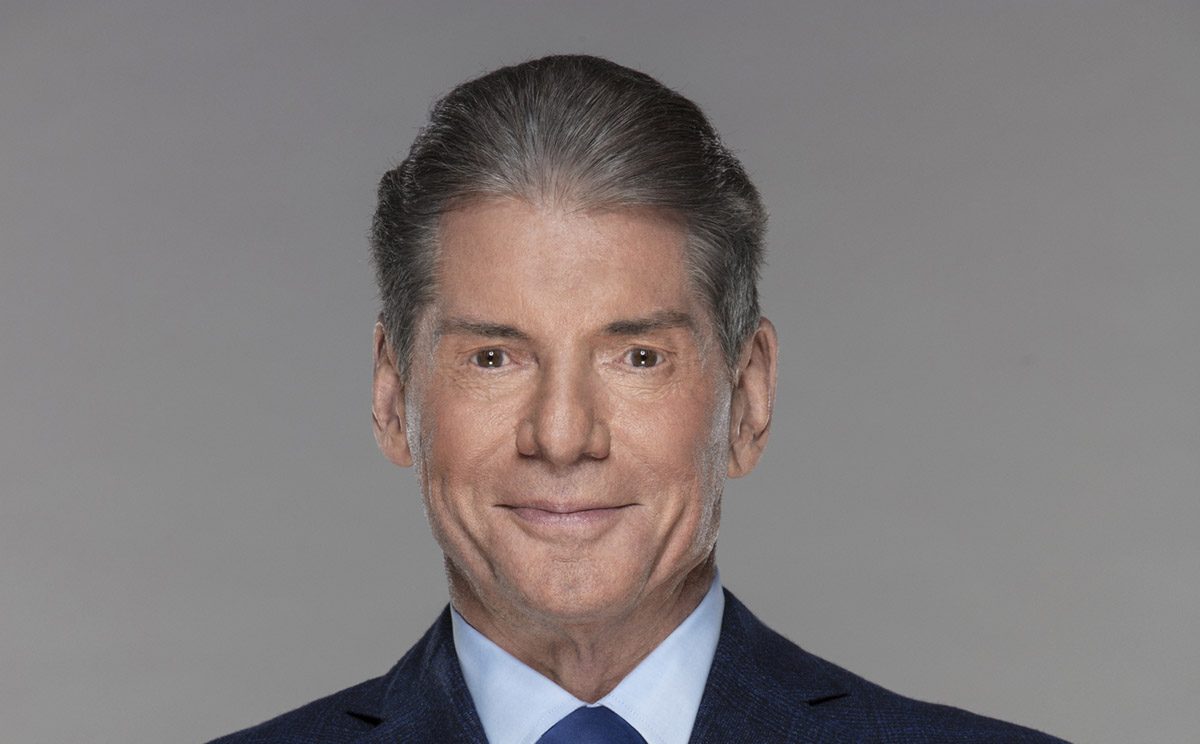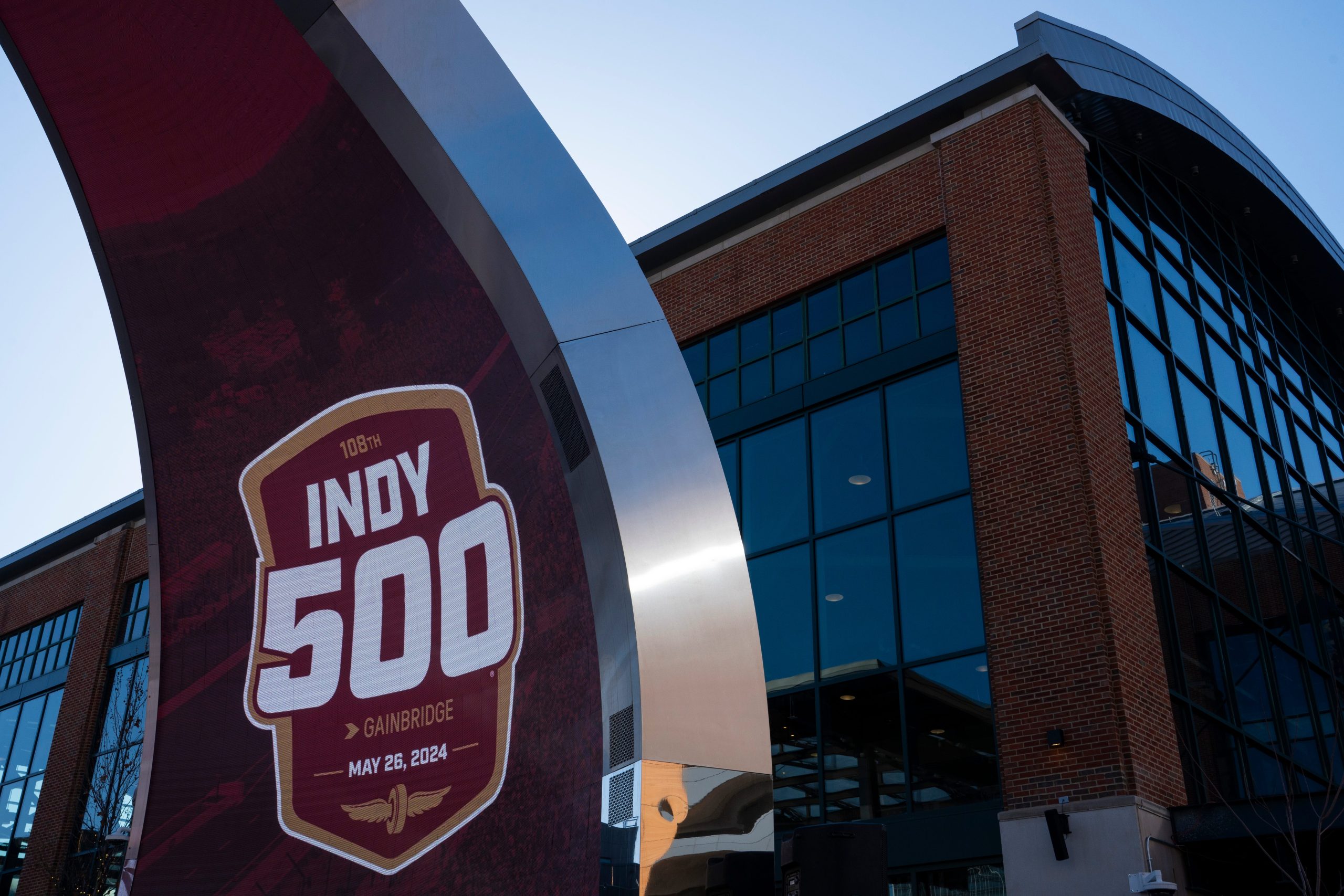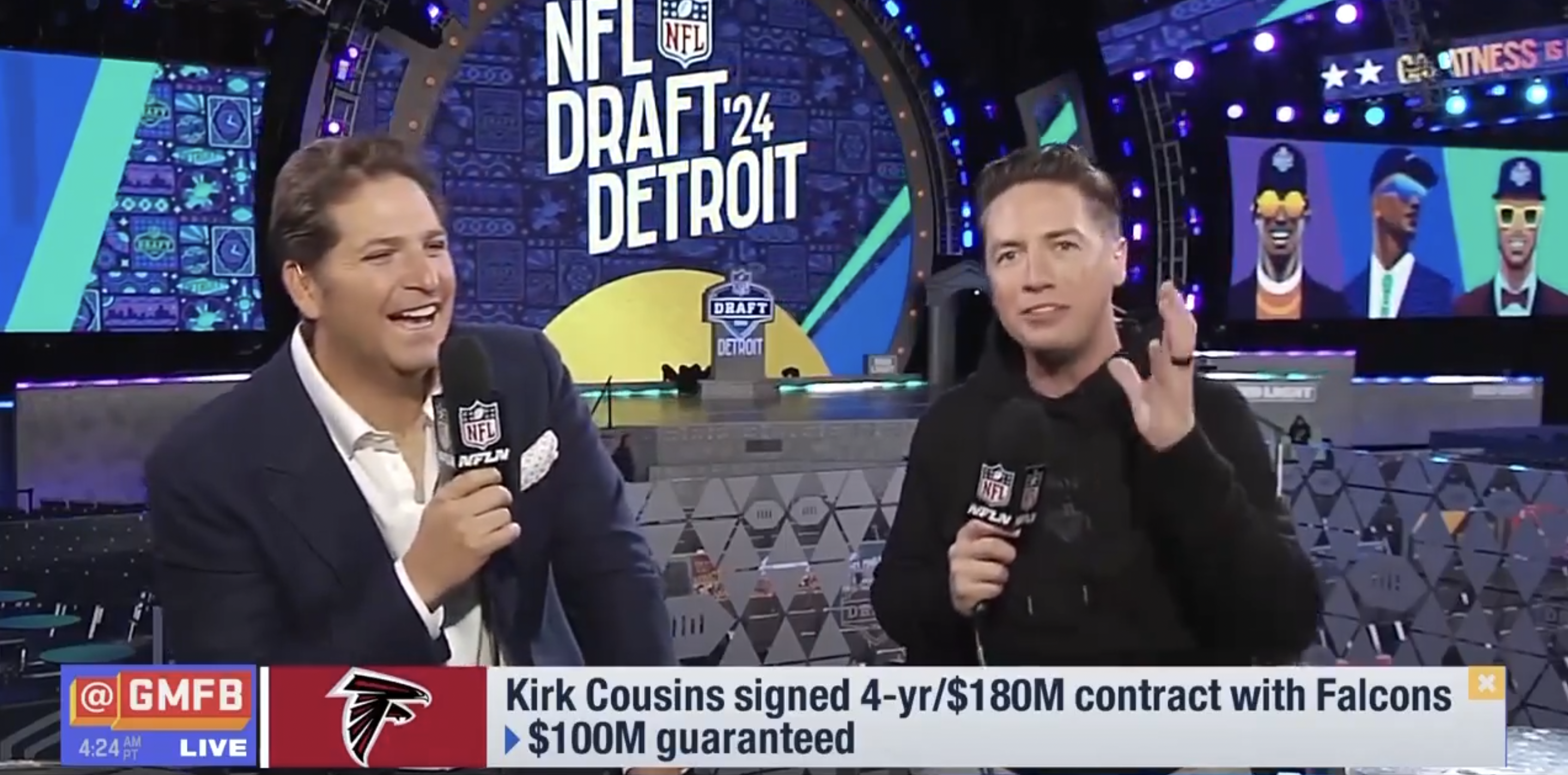It’s happened before and it will happen again. An incredibly gifted athlete of the likes we’ve never seen bursts onto the scene, leaving awe, intrigue, and instant fandom in his or her or their wake. The momentum builds, explodes, and gives birth to superstardom. It’s been that way for eons, but social media has launched the whole phenomenon into another stratosphere thanks to viral clips, highlights, and videos. And sports media companies froth at the mouth to get in on the action.
Enter Caitlin Clark.
A generational women’s basketball player with talent, drive, and a competitive spirit that can only be found in the DNA of superstar athletes. “We’ve never seen this in women’s basketball before” is the popular refrain. Debatable on some level but on another, entirely understandable. There’s never been this many eyes on the sport before. A lot of casual fans, have never seen a player like Clark. (That doesn’t mean they haven’t existed. See Maya Moore, Cheryl Miller, Diana Taurasi, etc.)
Clark is thrilling to watch. Must-see entertainment, whether watching her sink logo 3s live or on television. She’s ratings gold. And she’s had a positive effect on women’s basketball as a whole. It makes sense why media coverage, even outside of sports, has been so heavily focused on her and her meteoric rise. To some extent. All season long, there’s been an influx of Clark-heavy content, from countless features and columns and videos to podcasts and Instagram live sessions (even an analytical piece on her shooting mechanics).
At times, the coverage has felt . . . a bit much.
Take ESPN’s recent experiment, for example. For the first two rounds of the NCAA Women’s Tournament, the sports media giant assigned Holly Rowe as the designated reporter on Clark and Iowa for sideline, pregame, and postgame interviews — otherwise known as the Caitlin Clark beat. It’s something that has never been done before. I’m all for innovative coverage, but there’s a delicate balance between focusing on one specific player and program while giving other stars and players the attention they (and women’s sports) equally deserve. And I’m not sure that balance was achieved.
Watching the Iowa beat unfold in real-time during the second-round game between Iowa (No. 1 seed) and West Virginia (No. 8 seed) was awkward and disjointed. And it was noticeable.
I’ve never seen a broadcast like this for an NCAA game. What would they have done if WVU won? No sideline reports about WVU, no human interest stories or anecdotes about WVU, seemingly no background knowledge of WVU players. I get it’s the top scorer at home, but that was bad.
— Geoff Coyle (@GFCoyle) March 26, 2024
During the broadcast, Beth Mowins and Stephanie White kept cutting to Rowe with tidbits about the team, Clark, her family, and her season, as well as insights on in-game huddle info, strategy, etc. As for West Virginia, they might have just been there for show. Never mind the fact that Mountaineers head coach Mark Kellogg was in his first season, had talked up the matchup against Iowa, and junior guard JJ Quinerly had just dropped 29 points to lead West Virginia over Princeton in the first round. There were no gold nuggets in the conversation to be had, even as the Mountaineers gave the Hawkeyes all they could handle. Once the game ended, the broadcast lingered longer than expected on the postgame activities while viewers waited to be shown Kansas versus USC (featuring budding star JuJu Watkins).
What would have happened if West Virginia won? Would the story have focused on the fact that the Mountaineers pulled off an incredible upset as an underdog team or Clark’s devastating loss? Chances are high it would have been the latter.
I’m a Clark fan. I am equally as enthralled by her and her game as anyone. I enjoy watching her play. I root for her. I also have empathy for her. All that expectation. All that pressure. All that attention. Iowa head coach Lisa Bluder said in a recent postgame press conference that the crown Clark wears is heavy. I can’t fathom the weight of it all. It’s a lot for anyone to shoulder, let alone a 22-year-old college athlete. Perhaps that’s why some of the hyper media focus feels more insidious, like a ratings grab, rather than insightful or productive.
The NCAA Tournament shouldn’t just be about one player and one team. It doesn’t need to be. Not where we are now with women’s basketball. Sixty-eight teams make the field. And that field is brimming with storylines and stars and rivalries and trash talking and off-the-court inspirational tales and record performances and upsets and more.
If you came for Caitlin Clark, hope you stayed for Duke's comeback/upset of Ohio State, SC's dominance, Milaysia Fuwiley, everything about Iowa State/Stanford, Jada Walker's breakout game for Baylor, Oregon State flying under the radar, etc.
Lots more to come. Lots to enjoy.
— Lyndsey D'Arcangelo 🏀 (@darcangel21) March 25, 2024
We’re at a pivotal point in women’s sports. The momentum that brought us here has reached a fever pitch. The question shouldn’t be how can we milk this star and this moment for everything it’s worth. It should be about how can we add to the momentum, keep it going, and help facilitate the continued growth of women’s sports. Again, balance is the key. I know ESPN and other media companies are businesses. Growing women’s sports is not their responsibility or concern. Ratings are the primary goal. And Clark draws numbers. I get it. Still, Clark isn’t going to be in college forever. She has already declared for the WNBA. She’ll be off to the next phase of her career once the last buzzer of Iowa’s tournament run pierces the air. Her legacy is cemented, whether she wins a national championship or not.
Meanwhile, women’s college basketball will still be here. So will Watkins, Audi Crooks, Milaysia Fulwiley, Hannah Hidalgo, Kiki Rice, Paige Bueckers, Ta’Niya Latson, Rori Harmon, Aneesah Morrow, Lauren Betts, Cotie McMahon, Mikaylah Williams, Saniya Rivers, Raegan Beers and so many more. They may not all be generational stars, but they are stars of the women’s game nonetheless.
And they will continue to carry the momentum forward — with or without sports media’s help.







